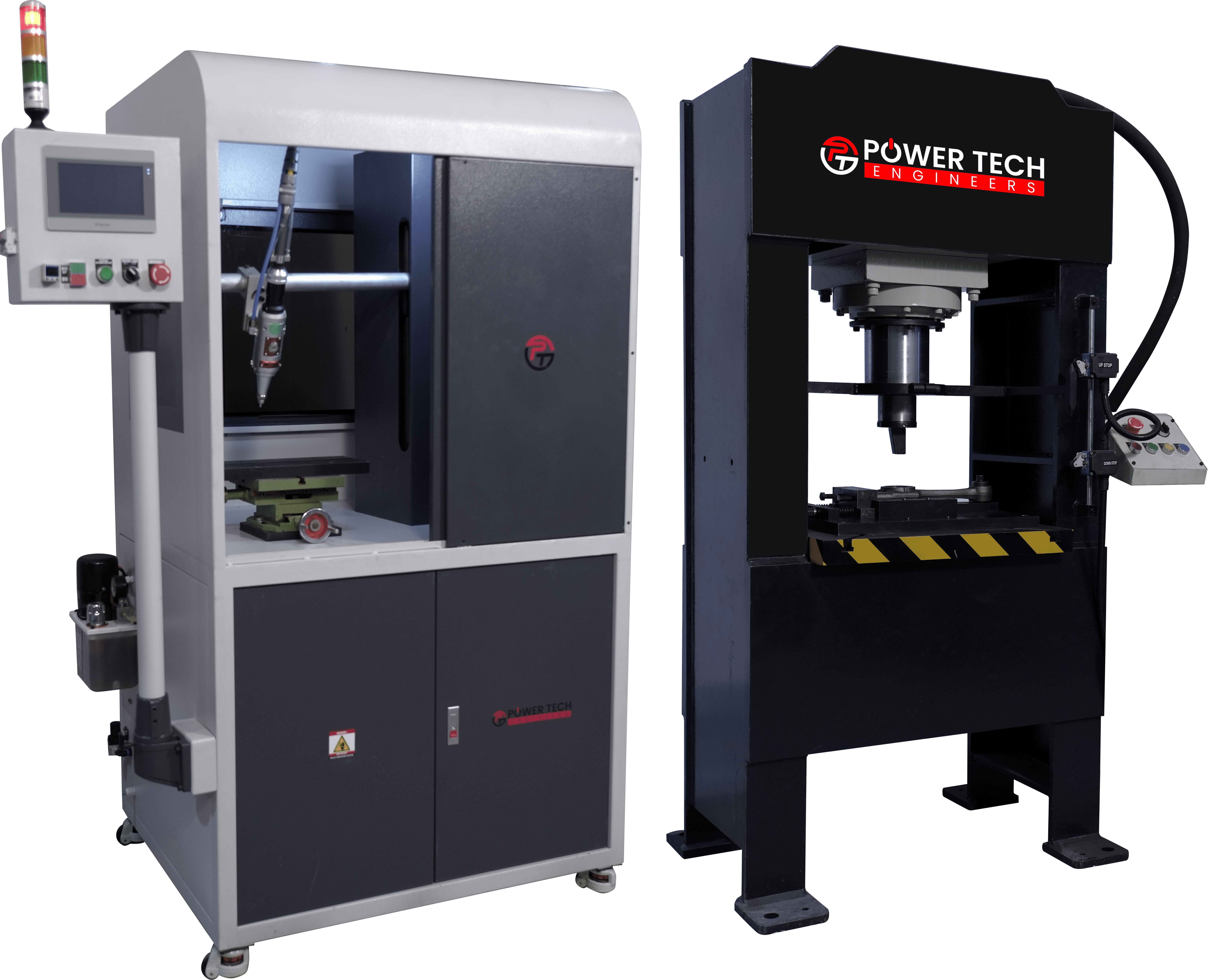- Home
- Laser Scribing
- Laser Scribing

Laser Scribing
For High Quality Con Rod
Laser scribing of connecting rods is a precision machining process that involves the use of a laser beam to make fine cuts or marks on the big end bore of connecting rod. Connecting rods are crucial components in internal combustion engines, and laser scribing is employed for various purposes in their manufacturing and assembly. Here’s how laser scribing of connecting rods is typically carried out:
- Material Preparation: Connecting rods, typically made of steel or aluminum, are prepared and positioned.
- Laser Generation: A laser cutting machine with a suitable laser source is employed, selected based on the connecting rod material.
- Fixturing: Connecting rods are securely fixed in a precision fixture for stability during laser scribing.
- Program Design: A CNC system is used to program the desired scribing pattern into the laser cutting machine.
- Laser Scribing: The laser beam is directed onto the connecting rod’s surface, creating fine cuts or marks with controlled depth and width.
- Quality Control: Post-scribing, quality checks are conducted to ensure the marks meet specified tolerances and standards.
Purpose of Scribing
Laser scribing is utilized in connecting rods to create weakened grooves for precision cutting. This involves making controlled marks on the rod’s surface, serving as predetermined lines for subsequent cutting. This technique ensures accurate and controlled cuts, contributing to efficient production and structural integrity.
Advantages:
- Precision: Laser scribing provides high precision, allowing for intricate markings with minimal material removal.
- Speed: The process is generally fast and efficient.
- Non-Contact: Laser scribing is a non-contact process, minimizing the risk of damage to the connecting rod.
